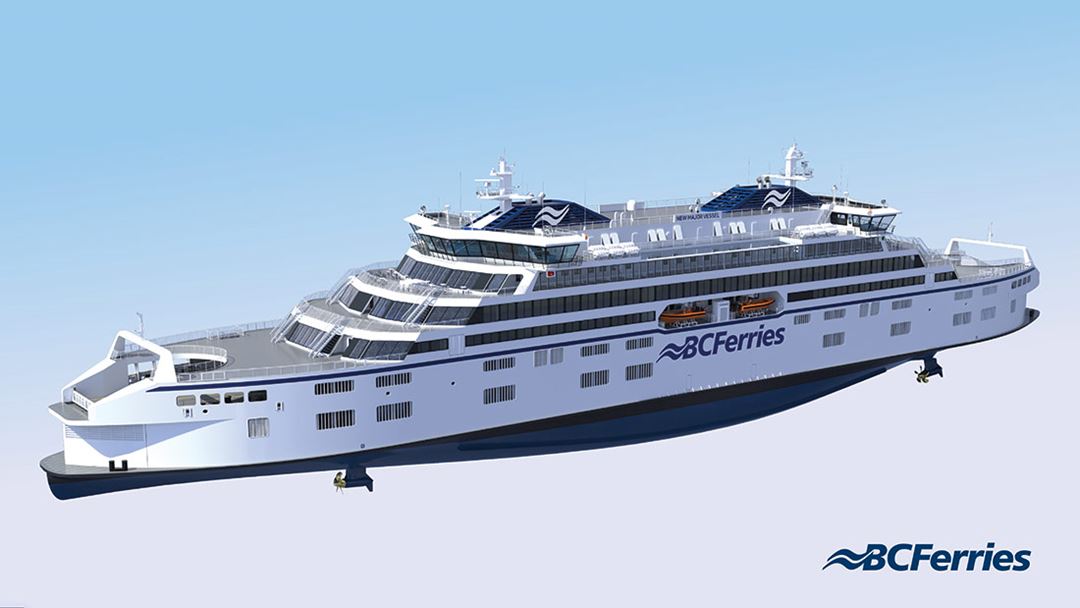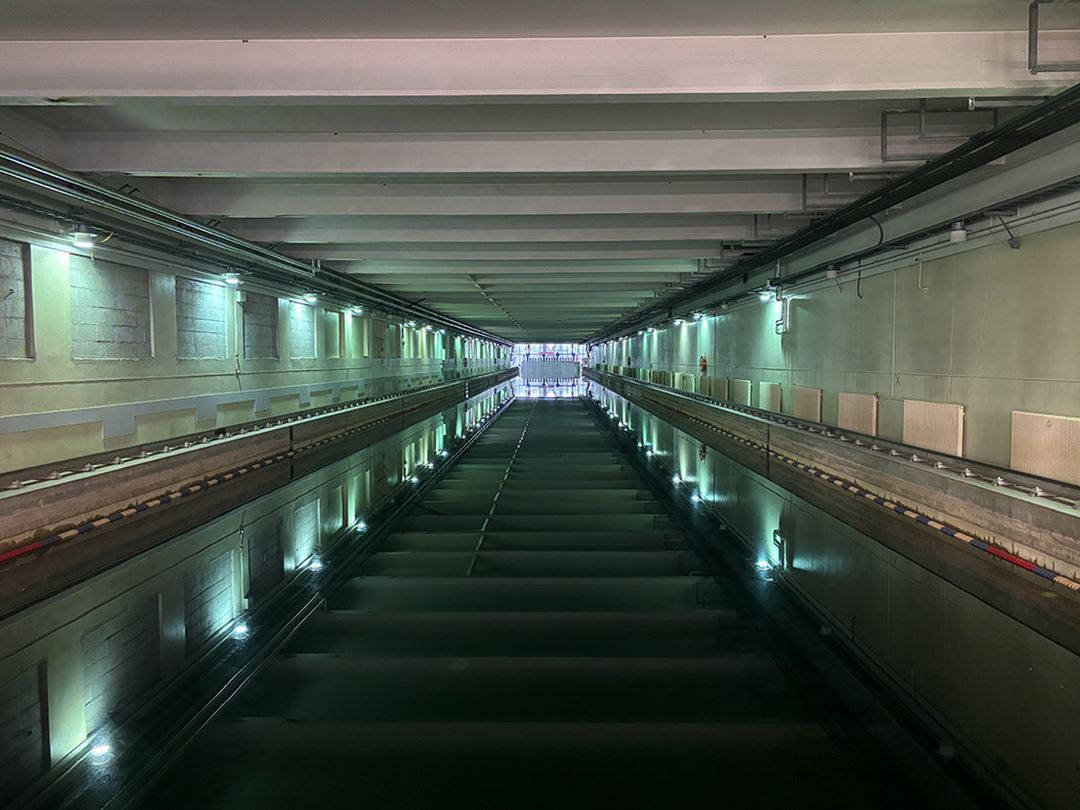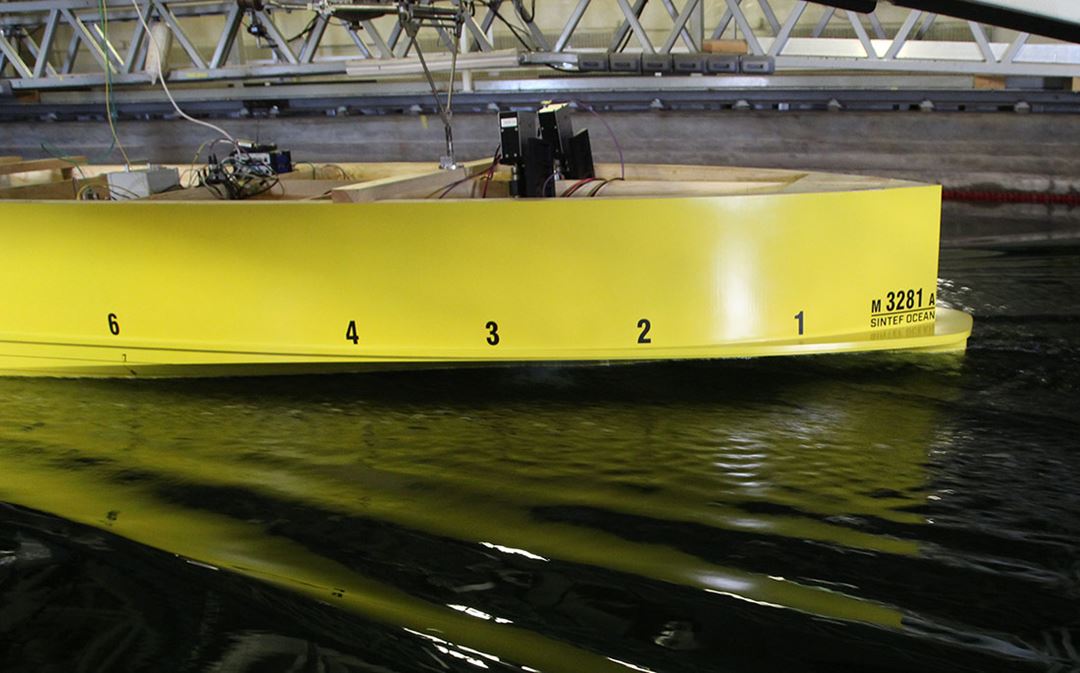With the building of the new Ocean Technology Centre, the towing tank has periodically been unavailable for model testing, but from April, the tank will be fully operational until the new laboratories in the Ocean Technology Centre are ready to take on our research.
One project that has benefitted from the towing tank’s testing capabilities recently is the collaboration between Bergen’s LMG Marin and BC Ferries of British Columbia, Canada. They have been testing a new generation of double-ended ferries with four propulsion units.
These large ferries with capacity of up to 2100 passengers and 2200 lanes metres will operate on the busy routes between Metro Vancouver and Vancouver Island.

Stephen Normore, BC Ferries’ Shipbuilding Project Manager, speaks of the collaboration with LMG Marin and the testing facilities in Trondheim:
“BC Ferries is grateful to LMG Marin for the ongoing design effort and to SINTEF for their commitment to deliver the model test programme with the ongoing facility upgrades. With the need to design the most energy efficient vessel for BC Ferries and to best understand the energy demand for an all-electric ship of the future, model test accuracy of the predicted vessel performance was paramount, and is this reason BC Ferries partnered with these two leading organizations in this field.”
A large test programme has been conducted both in the towing tank and in the Ocean Basin to verify the concept and energy numbers that forms the basis for further work in the project.
Ole Kristian Vikenes, Project Manager at LMG Marin, states the importance of performing tests in the towing tank:
“Even though CFD-simulations have rapidly developed and are widely used for resistance and propeller performance calculations, it is still important to verify the results in a towing tank. The discussions and cooperation with SINTEF before and during the model test campaign are important and valuable to end up with an optimised design that can stand the future environmental requirements for lower emissions.”

New wave maker
Following the testing performed for BC Ferries, the tank is now empty again to finalise the installation of the new wave maker. When finished, the tank is available again for model testing. Anders Alterskjær, Research Manager, Ships and Ocean Structures at SINTEF Ocean, explains:
“We are happy to have our beloved Towing Tank back, after a period of modifications and the installation of the new wave maker. The Towing Tank is an important tool for research, exploration and verification of ships and propulsion systems. Especially these days with the strong need for new generations of energy-efficient designs, our Towing Tank allows us to help our clients explore novel concepts and optimise ships for energy efficiency and safety at sea.
“The new wave maker allows us to recreate the ocean waves more accurately and with increased capacity, thus improving the quality of our research and the reliability of the results for our clients.
“Being without the Towing Tank has been a challenge for both us and our clients, so we were very happy to accommodate the model testing campaign for LMG Marin and BC Ferries in January and look forward to exciting projects to come from April and onwards,” he concludes.


